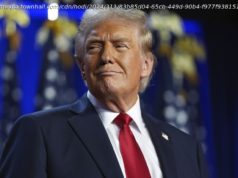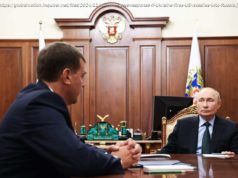The Trump administration cited privacy and national security concerns in declining to release the visitor logs
FILE: WASHINGTON: The exterior view of the north side of the White House, Washington, D. C.
Last Updated Apr 14, 2017 3:52 PM EDT
The White House won’t make public the logs of visitors to the White House complex, breaking with the practice of President Trump’s predecessor.
Senior White House officials cited privacy and national security concerns for the decision, which they say is in line with what previous administrations have done — except for President Obama’s. They say continuing to release the records could interfere with policy development, among other things.
“Given the grave national security risks and privacy concerns of the hundreds of thousands of visitors annually, the White House Office will disclose Secret Service logs as outlined under the Freedom of Information Act, a position the Obama White House successfully defended in federal court,” White House Communications Director Michael Dubke announced in a statement.”
The White House statement went on to say that the government would not be renewing a contract for the site which housed the data, open.whitehouse.gov, asserting that the site “duplicates information” that can be found on other government sites. Terminating the contract would save taxpayers “over $70,000 by 2020,” the White House said.
The Obama White House agreed in late 2009 to begin releasing its visitor records on a delayed basis, after Citizens for Responsibility and Ethics in Washington (CREW) sued to have the records made public. White House lawyers also deleted names for national security and other reasons before the logs were made public. It said that it would also post records from the beginning of his presidency that are specifically requested. Last December, the administration said that it had released more than 5.99 million records.
CBS News White House Correspondent Mark Knoller found that the Obama visitor logs were limited in the information they revealed, They did not identify individuals, for one. For instance, there was no way to tell whether a visitor on the log was Matt Damon, the actor, or Matt Damon, a donor from Overland Park, Kansas. Also, the lists did not identify the official who cleared in the visitor — the president himself or perhaps an assistant in the public liaison office.
CBS News’ Jacqueline Alemany and Mark Knoller contributed to this report.
The phrase “fake news” has been used by Trump to discredit responsible reporting that he dislikes. But „60 Minutes’“ investigation looks at truly fake news created by con-artists
Just how many almonds does he really eat, anyway?






